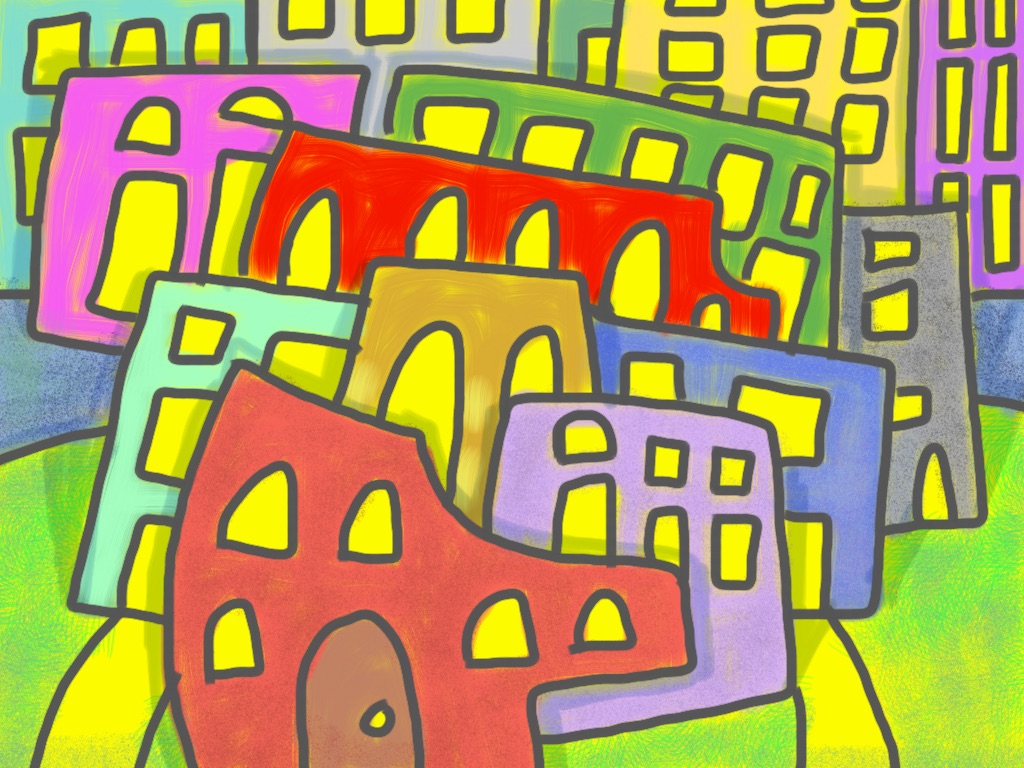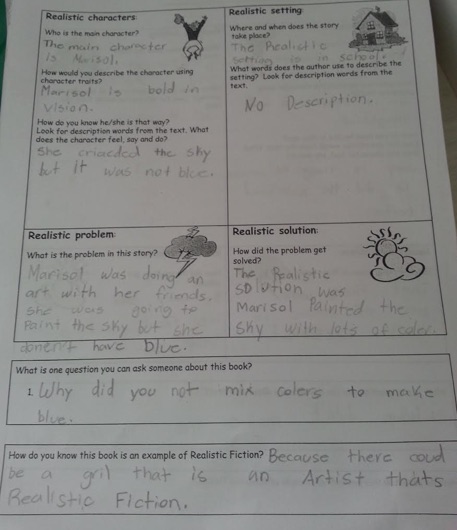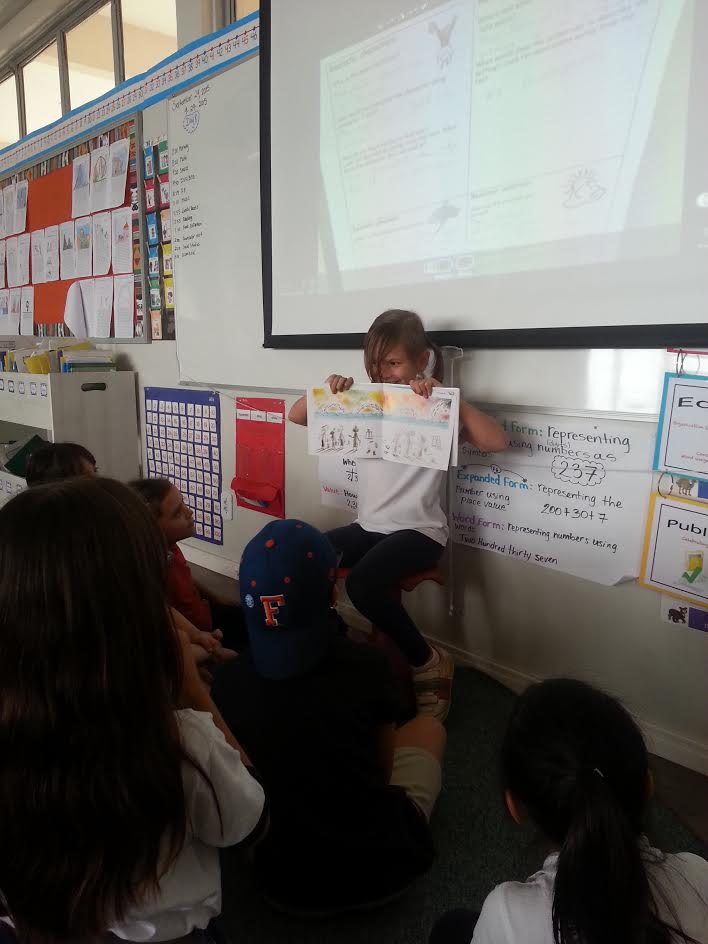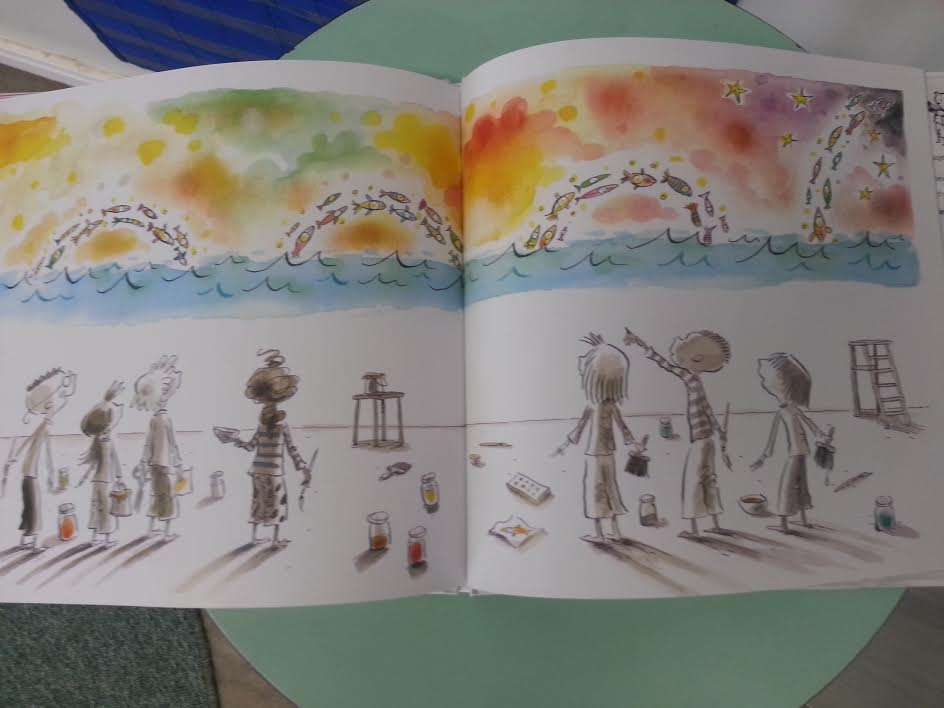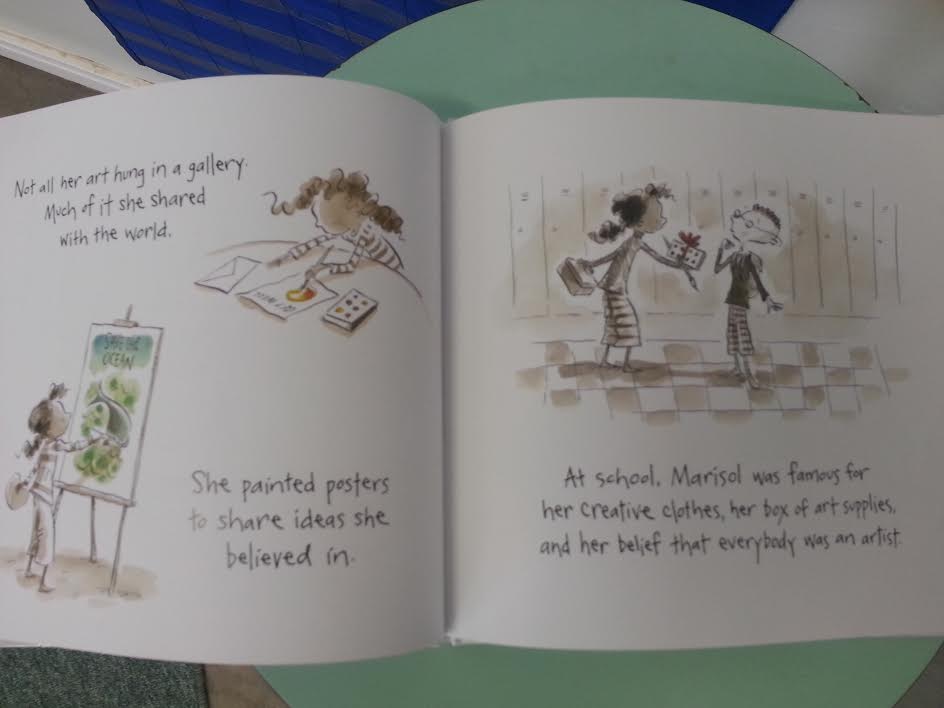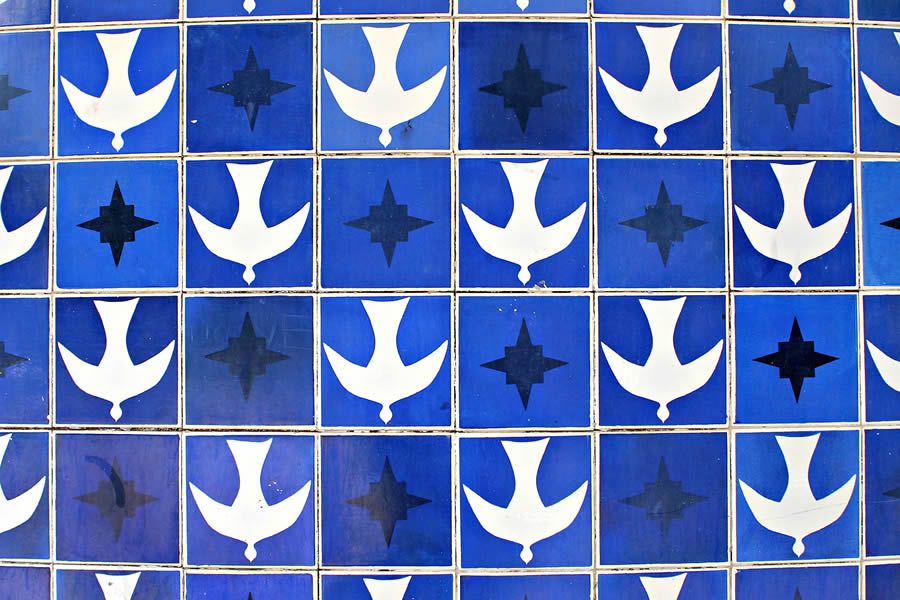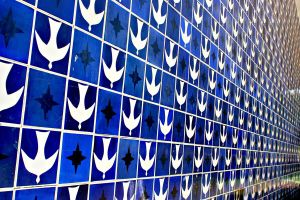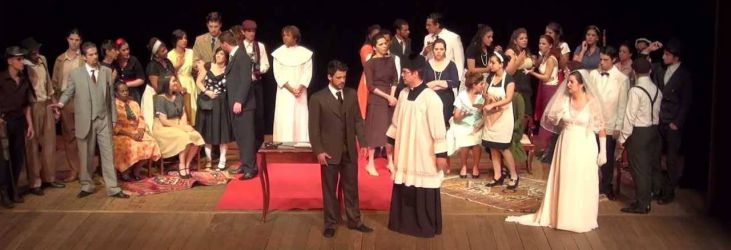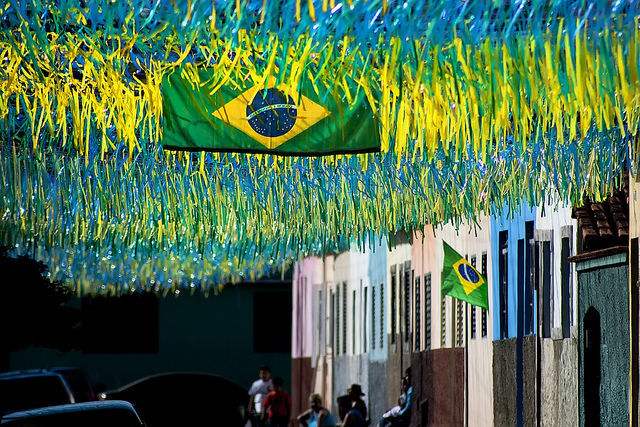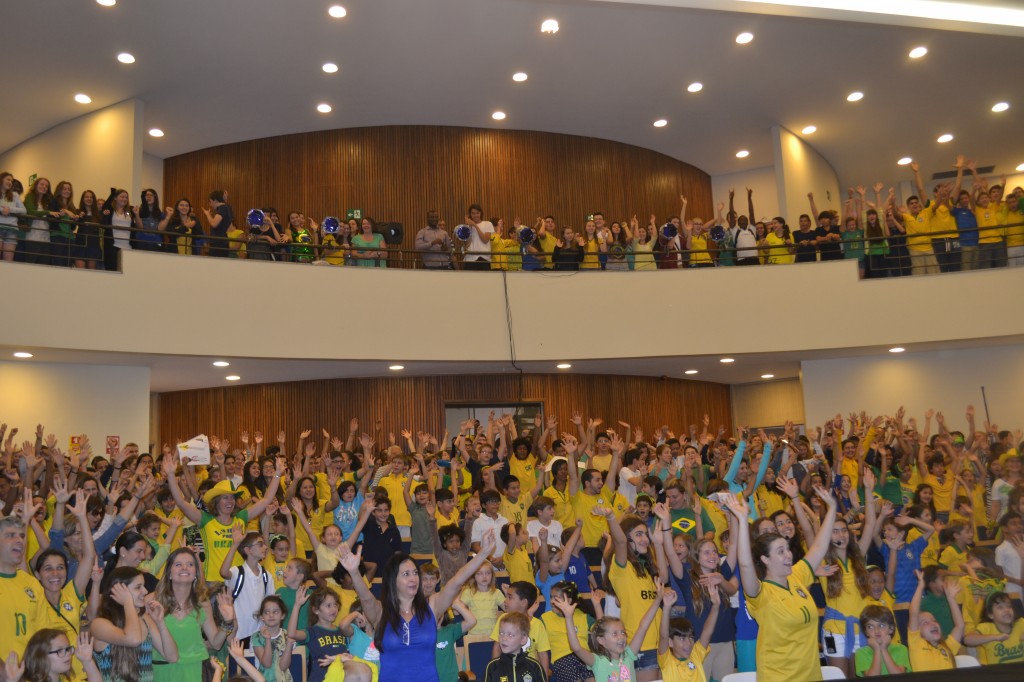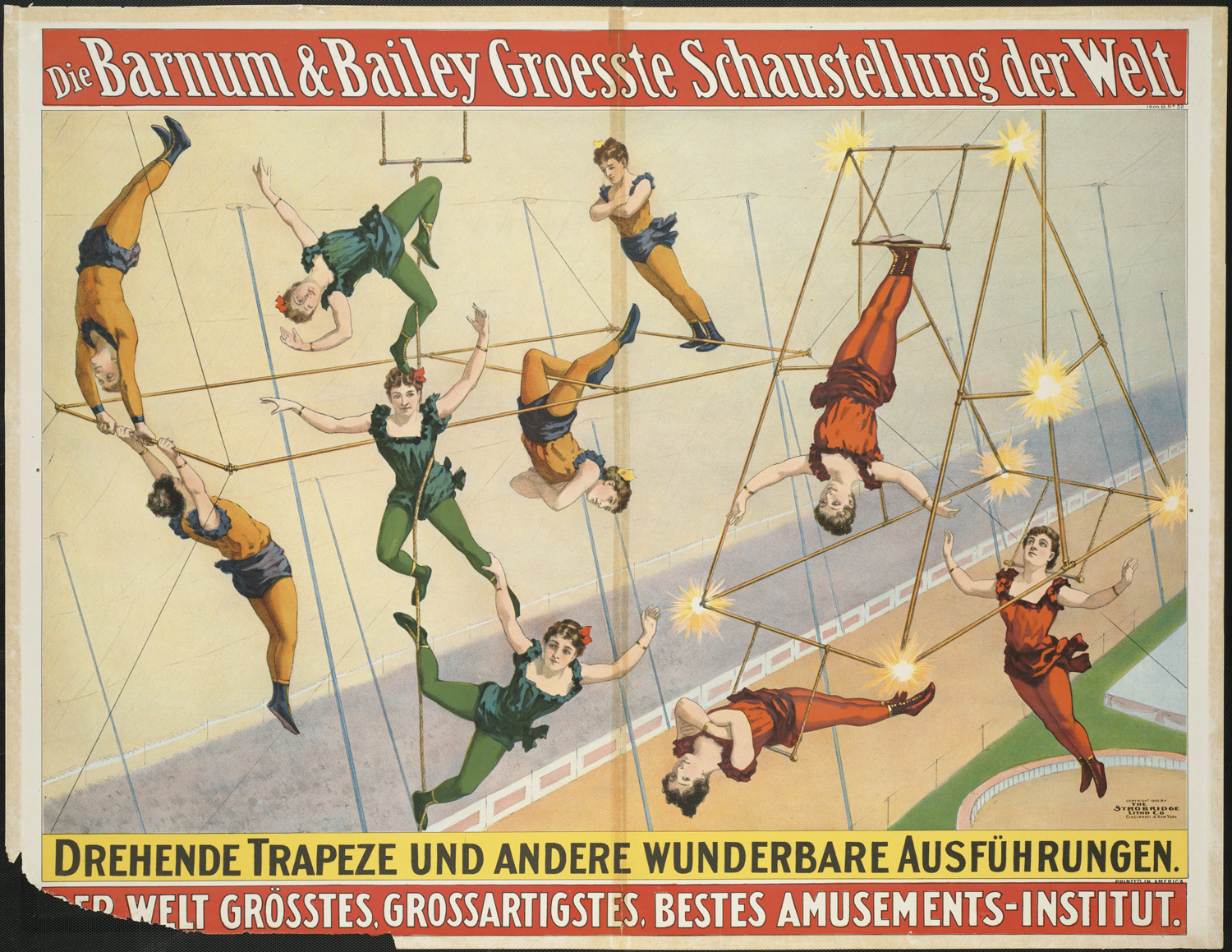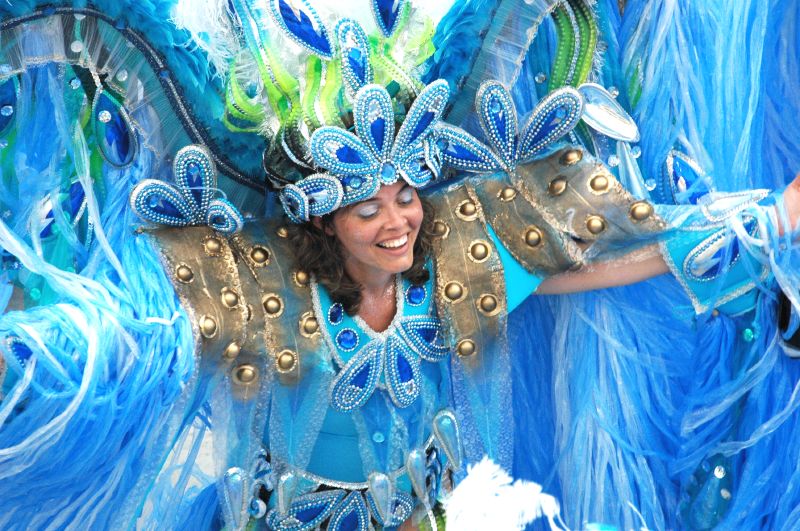The end of each school year is marked by a series of celebrations designed to highlight and appreciate individual and collective achievements while also honoring the unique nature of our communities. The end-of-year celebrations also represent a period of key student celebrations and transitions, such as kindergarten to Lower School, Grade 5 students to Middle School, and Grade 8 students to High School. The end of May will also be highlighted by the graduation of our senior class, which represents a culminating experience for EAB students as they prepare to move beyond high school to seek new challenges and growth opportunities. While we are still a few weeks away from these important events in our lives, it is also important to prepare for these periods of transition.
It is often easy to overlook the transition phases of our lives and, in our future-orientated approaches, focus only on the next stages. However, what if it is during these periods of transition that we are presented with the most profound and enlightening experiences associated with who we are and what we value? In our rush to move through transitions as quickly as possible, we may be missing the most important experiences of our lives. Author Danaan Parry has articulated these thoughts through the use of a trapeze bar metaphor:
Sometimes I feel that my life is a series of trapeze swings. I’m either hanging on to a trapeze bar swinging along or, for a few moments in my life, I’m hurtling across space between trapeze bars.
Most of the time, I spend my life hanging on for dear life to my trapeze-bar-of-the-moment. It carries me along a certain steady rate of swing and I have the feeling that I’m in control of my life. I know most of the right questions and even some of the right answers. But once in a while, as I’m merrily (or not so merrily), swinging along, I look ahead of me, and what do I see? I see another bar swinging towards me. It’s empty and I know, in that place in me that knows, that this new trapeze bar has my name on it. It is my next step, my growth, my aliveness coming to get me. In my heart of hearts I know that for me to grow, I must totally release my grip on the present, well-known bar and move to a new one.
Each time it happens to me, I hope (no, I pray) that I won’t have to grab a new one. But in my knowing place I know that I must totally release my grasp on my old bar, and for some moment in time I must hurtle across space before I grab onto the new bar. Each time I am filled with terror. It doesn’t matter that in all my previous hurtles across the void of knowing I have always made it. Each time I am afraid I will miss, that I will be crushed on unseen rocks in the bottomless chasm between the bars. But I do it anyway. Perhaps this is the essence of what the mystics call the faith experience. No guarantees, no net, no insurance policy, but you do it anyway because somehow, to keep hanging onto the old bar is no longer on the list of alternatives. And so for an eternity that can last a microsecond or a thousand lifetimes, I soar across the dark void of the “the past is gone, the future is not yet here.” It’s called transition. I have come to believe that it is the only place where real change occurs. I mean real change, not the pseudo-change that only lasts until the next time old my buttons get punched.
I have noticed that, in our culture, this transition zone is looked upon as a “nothing”, “a no-place” between places. Sure the old trapeze-bar was real, and the new one coming towards me, I hope that’s real to. But the void in-between? That’s just a scary, confusing, disorientating “nowhere” that must be gotten through as fast as possible. What a waste! I have a sneaking suspicion that the transition zone is the only real thing, and the bars are illusions we dream up to avoid the void, where real change and real growth occurs for us. Whether or not my hunch is true, it remains that the transition zones in our lives are incredibly rich places. They should be honored, even savored. Yes, with all the pain and fear and feelings of being out of control that can (but not necessarily) accompany transitions, they are still the most alive, most growth filled, passionate, expansive moments in our lives.
And so, transformation of fear may have nothing to do with making fear go away, but rather with giving ourselves permission to “hang out” in the transition between trapeze bars. Transforming our need to grab that new bar, any bar, is allowing ourselves to dwell on the only place where change really happens. It can be terrifying. It can also be enlightening, in the true sense of the word. Hurtling through the void, we may just learn to fly.
As we collectively plan for the end of the school year and prepare for each of our personal transitions, it is hoped that we will have the opportunity to savor the transition itself. If we follow Danaan’s advice about the importance of embracing transitions, then we may just experience, “the most alive, most growth filled, passionate, expansive moments in our lives.”
Barra de Trapézio
O final de cada ano letivo é marcado por uma série de celebrações projetadas para destacar e valorizar as realizações individuais e coletivas, e ao mesmo tempo, honrar a natureza singular das nossas comunidades. As comemorações de fim de ano também representam um período chave de celebrações estudantis e transições, como a do jardim de infância para o Lower School, os alunos da 5ª série para o Middle school, e os alunos da 8 ª série para o High School. O final de Maio, também se destaca pela formatura dos Seniores, o que representa uma experiência culminante para os alunos da EAB, enquanto se preparam para ir além do High School e buscar novos desafios e oportunidades de crescimento. Enquanto ainda temos algumas semanas ate esses eventos, importante em nossas vidas, também é importante nos prepararmos para estes períodos de transição.
Muitas vezes é fácil ignorar as fases de transição das nossas vidas e, em uma abordagem futura e orientada, concentre-se apenas na próxima etapa da sua vida. Mas e se for durante esses períodos de transição que, se apresentam as experiências mais profundas e esclarecedoras associadas com o que somos e o que valorizamos? Com a nossa pressa em passarmos por essas transições o mais rápido possível, corremos o risco de perder as experiências mais importantes das nossas vidas. O autor Danaan Parry articulou esses pensamentos através do uso de uma metáfora com uma barra de trapézio:
Às vezes eu me sinto como se a minha vida fosse uma sequência de balanços em um trapézio. Ou eu estou pendurado em uma barra de trapézio ou eu estou me jogando entre elas.
A maioria das vezes, eu passo a minha vida me pendurando no trapézio da vez. Eu tenho a sensação de que estou me balançando da forma cadenciada e com isso eu acho que estou no controle da minha vida. Eu sei a maioria das perguntas certas e muitas vezes algumas das respostas certas também. Mas de vez em quando, enquanto eu estou alegremente (ou nem tanto assim) me balançando no trapézio, eu olho adiante e, o que eu vejo? Eu vejo outra barra se balançando na minha direção. Está vazia e, eu sei, bem lá no fundo, que essa nova barra tem o meu nome nela. É o meu próximo passo, meu crescimento, minha vitalidade aparecendo pra mim. No fundo do meu coração, eu seu que para crescer, eu preciso liberar totalmente o meu domínio sobre o presente, a barra que já conheço e, me mudar para uma nova barra.
Cada vez que isso acontece comigo, eu espero (não, eu rezo) pra que eu não precise agarrar uma nova barra. Mas lá no fundo, eu sei que eu tenho que liberar totalmente a minha compreensão sobre a barra antiga e me jogar no espaço entre as barras até agarrar uma barra nova. Cada vez que isso acontece, eu fico aterrorizado. Não importa o fato de que todas as outras vezes que eu me joguei para uma nova barra, tenha dado certo. Todas às vezes eu tenho medo de não conseguir, de bater nas pedras que não podem ser vistas no fundo do poço. Mas eu vou de qualquer jeito. Talvez seja essa a essência daquilo que os místicos chamam de experiência de fé. Sem garantia, sem rede, sem uma apólice de seguro, mas você faz isso de qualquer jeito, porque de alguma forma, se manter segurando na barra antiga não é mais uma opção. E então para uma eternidade que pode durar um milésimo de segundo ou milhares de vidas, eu vago pelo vazio da escuridão do “o passado já se foi, o futuro ainda não está aqui.” É chamada transição. Eu cheguei à conclusão que é o único lugar onde mudança verdadeira ocorre. Eu quero dizer mudança de verdade, não a pseudo-mudança que só dura até a próxima vez que meus antigos botões forem apertados.
Eu percebi que, na nossa cultura, essa zona de transição é vista como “nada”, um “não-lugar” entre lugares. É claro que a antiga barra era real, e a próxima que está vindo em minha direção, eu espero que seja real também. Mas e o vazio no meio? É só o assustador, confuso, desorientador “lugar nenhum” que deve ser atravessado o mais rápido o possível. Que desperdício! Eu tenho a suspeita que a zona de transição é a única coisa real, e as barras são ilusões que nós sonhamos para evitar o vazio, onde a mudança e o crescimento de verdade acontecem. Se a minha suspeita é ou não verdadeira, acontece que a zona de transição nas nossas vidas são lugares incrivelmente ricos. Eles deveriam ser honrados e até mesmo saboreados. Sim, com toda dor e medo e sensação de estar fora de controle que, podem (mas não necessariamente) acompanhar as transições, eles ainda são os momentos mais vivos, desenvolvidos, apaixonantes, expansivos das nossas vidas.
E então, a transformação do medo pode não ter nada a ver com a partida dele, mas com a permissão que damos a nós mesmos para “ficar” na transição entre as barras. Transformar a nossa necessidade de agarrar aquela nova barra, ou qualquer barra, é nos permitir habitar no único lugar onde a mudança realmente ocorre. Pode ser aterrorizante. E também pode ser esclarecedor, ao sentido verdadeiro da palavra. Se debatendo no vazio, pode ser que a gente aprenda a voar.
Ao nos planejarmos, coletivamente, para o final do ano letivo e, ao nos prepararmos para cada uma das nossas transições pessoais, espera-se que tenhamos um momento para saborear a nossa própria transição. Se seguirmos o conselho de Danaan sobre a importância de abraçar as transições, então poderemos apenas experimentar os momentos expansivos em nossas vidas, mais vivos, apaixonados e mais evoluidos.
Featured image: cc licensed (CC BY 2.0) flickr photo Boston Public Library: https://www.flickr.com/photos/boston_public_library/6554394361/in/photostream/
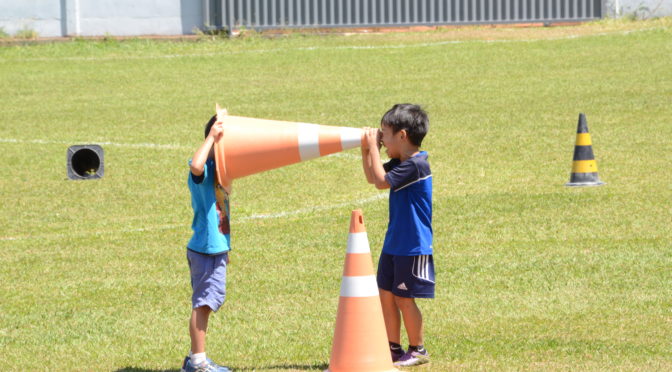
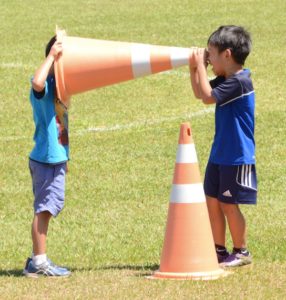
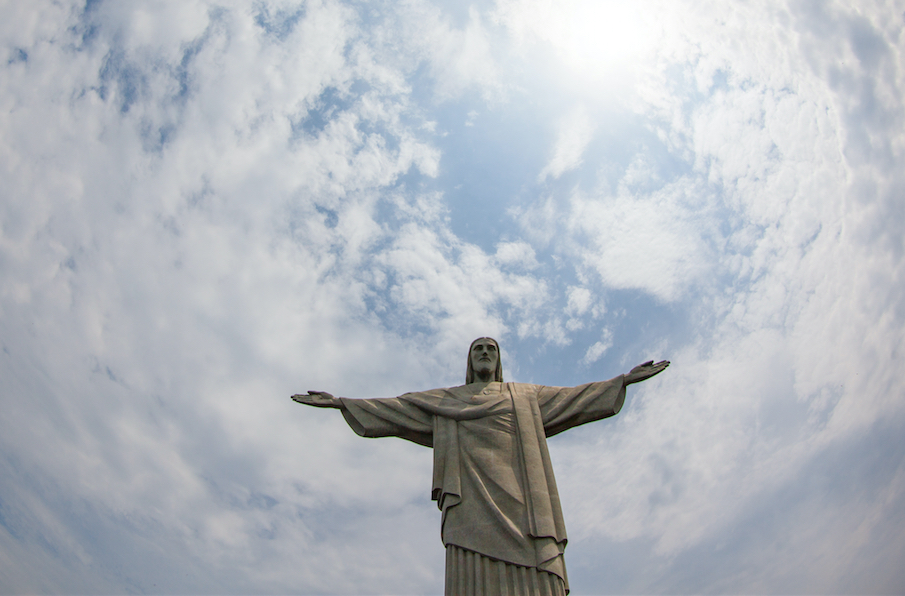

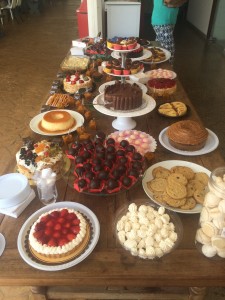 ksgiving lunch that was highlighted by the large number of parents who joined their children to share a special moment together. Families were also invited to bring desserts to support the event. Given the strong sense of community at EAB, no one should have been surprised at how many tables were filled with desserts provided by our families. Thank you, once again, for making the event such a success.
ksgiving lunch that was highlighted by the large number of parents who joined their children to share a special moment together. Families were also invited to bring desserts to support the event. Given the strong sense of community at EAB, no one should have been surprised at how many tables were filled with desserts provided by our families. Thank you, once again, for making the event such a success.
